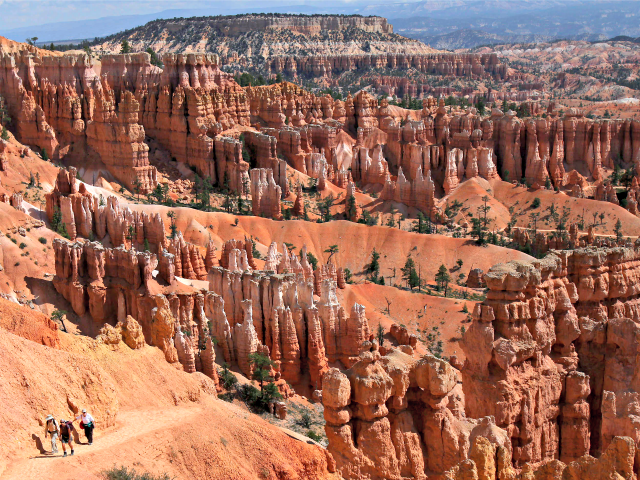The Department of the Interior announced earlier this month that it will begin to restore access to national parks to the American people. Many of the 419 parks managed by the National Park Service have remained open in some capacity since the virus hit the United States in March.
The DOI website listed some of those parks and the Trump administration’s effort to reopen them:
The health and safety of visitors, volunteers, partners, and federal employees continues to be paramount as the Department restores public access to public lands again.
President Trump recognizes the magnificence and grandeur of our National Park System and public lands and the incredible benefits of the great outdoors. Access to public lands continues to be evaluated in accordance with federal, state, and local public health guidance with some notable locations beginning to welcome visitors back this week:
- May 9
- Lake Berryessa, California
- Lake New Melones, California
- May 11
- Chattahoochee River National Recreation Area, Georgia
- May 13
- Zion National Park, Utah
- Dinosaur National Monument, Colorado and Utah
- Little Sahara Recreation Area, Utah
- May 14
- Hovenweep National Monument, Utah
- Natural Bridges National Monument, Utah
- May 15
- Buffalo National River, Arkansas
- Curecanti National Recreation Area, Colorado
- Black Canyon of the Gunnison, Colorado
- Blue Ridge Parkway, North Carolina
- Chickamauga and Chattanooga National Military Park, Georgia and Tennessee
- Hawai’i Volcanoes National Park, Hawaii
- The Parks of Western Pennsylvania, including, Allegheny Portage National Historic Site, Johnstown Flood National Memorial, Fort Necessity National Battlefield, and Flight 93 National Memorial, Pennsylvania
- Grand Canyon National Park, Arizona
ABC reported on the parks on the first unofficial summer holiday weekend:
Interior Secretary David Bernhardt, whose department oversees the park service, said he’s confident Americans will be safe in national parks this summer.
“We feel that we can play an important role in the moving forward picture. And I think a lot of people will be out utilizing us this summer,” Bernhardt said in an interview with ABC’s Aaron Katersky.
Bernhardt said he’s encouraged by events like the Thunderbirds and Blue Angels flyover in Washington, D.C., earlier this month, when he said visitors to the National Mall naturally spaced themselves out to respect social distancing in what he called “social clumping.”
“I’m frankly encouraged by this,” Bernhardt said. “And what I saw was what I’m gonna call clumping. And that’s not a scientific term.” He continued:
It’s my belief that groups of people have decided that that – they’re colleagues and maybe they’re a family member, maybe it’s a cohort of workers – but whatever it is, they’ve decided in some way that they are comfortable with social distancing with them in a very narrow space, so maybe like three feet. But what you saw is clumps, so like family units or groups that were together, and then space and then individual and space and another clump and space.
National Park Service spokesperson Alexandra Picavet said in the ABC report that visitors should have any supplies they need and recognize that trash cans and restrooms may be less accessible.
“Every Memorial Day weekend is a busy Memorial Day weekend in a national park,” Picavet said. “What we want to do is try and help people find their way of honoring people who have lost their lives in service to our nation which is what memorial day is about.”
“That’s why we have really worked hard to try and find a way to help people continue to have that connection with our American history and what Memorial Day is about,” Picavet said.
“Several national park locations are hosting live stream events, including demonstrations, tributes, and virtual campouts, to commemorate the weekend,” ABC reported. “The National Park Service has created a website to search virtual events at different parks.”
Follow Penny Starr on Twitter

COMMENTS
Please let us know if you're having issues with commenting.